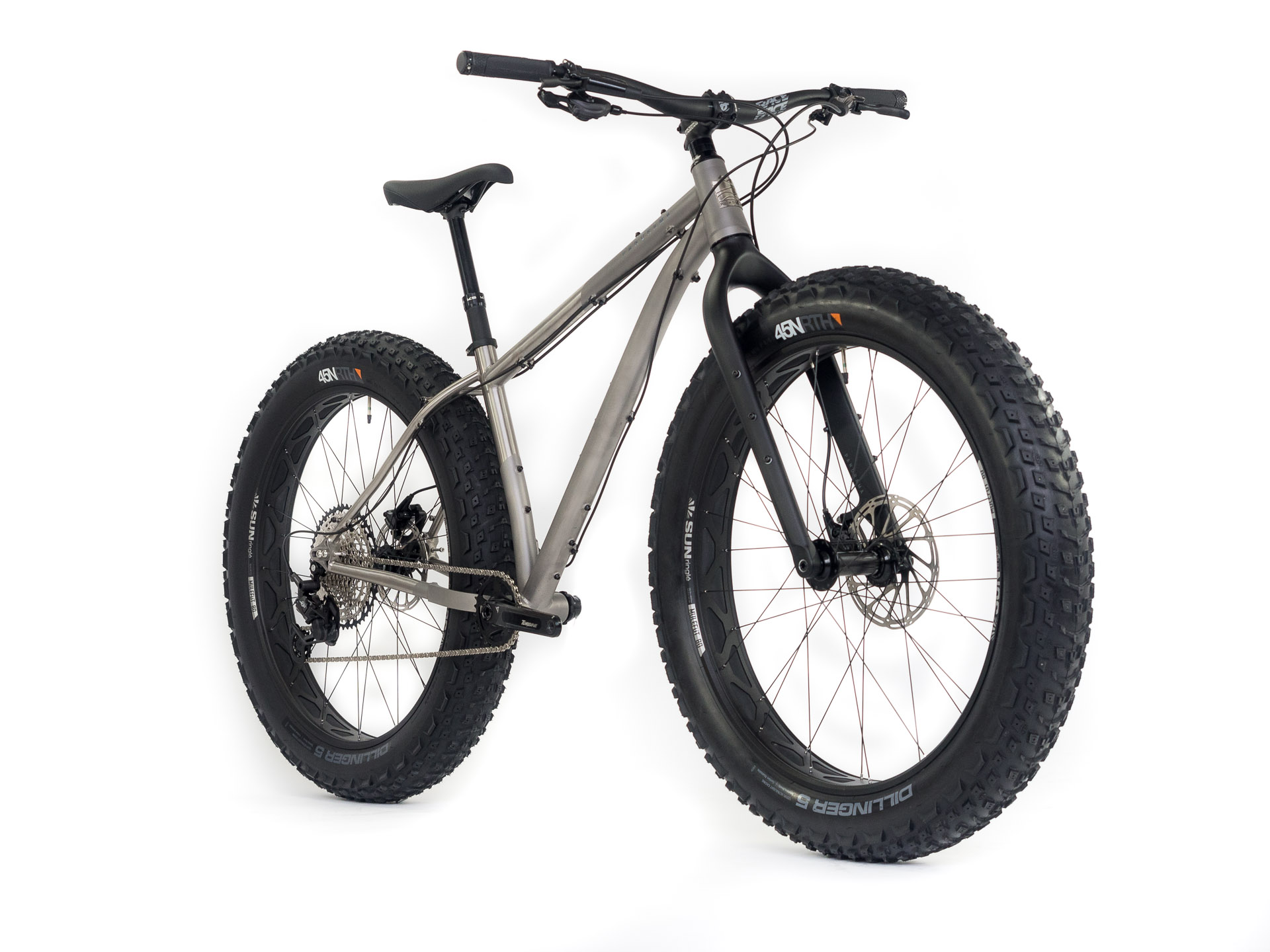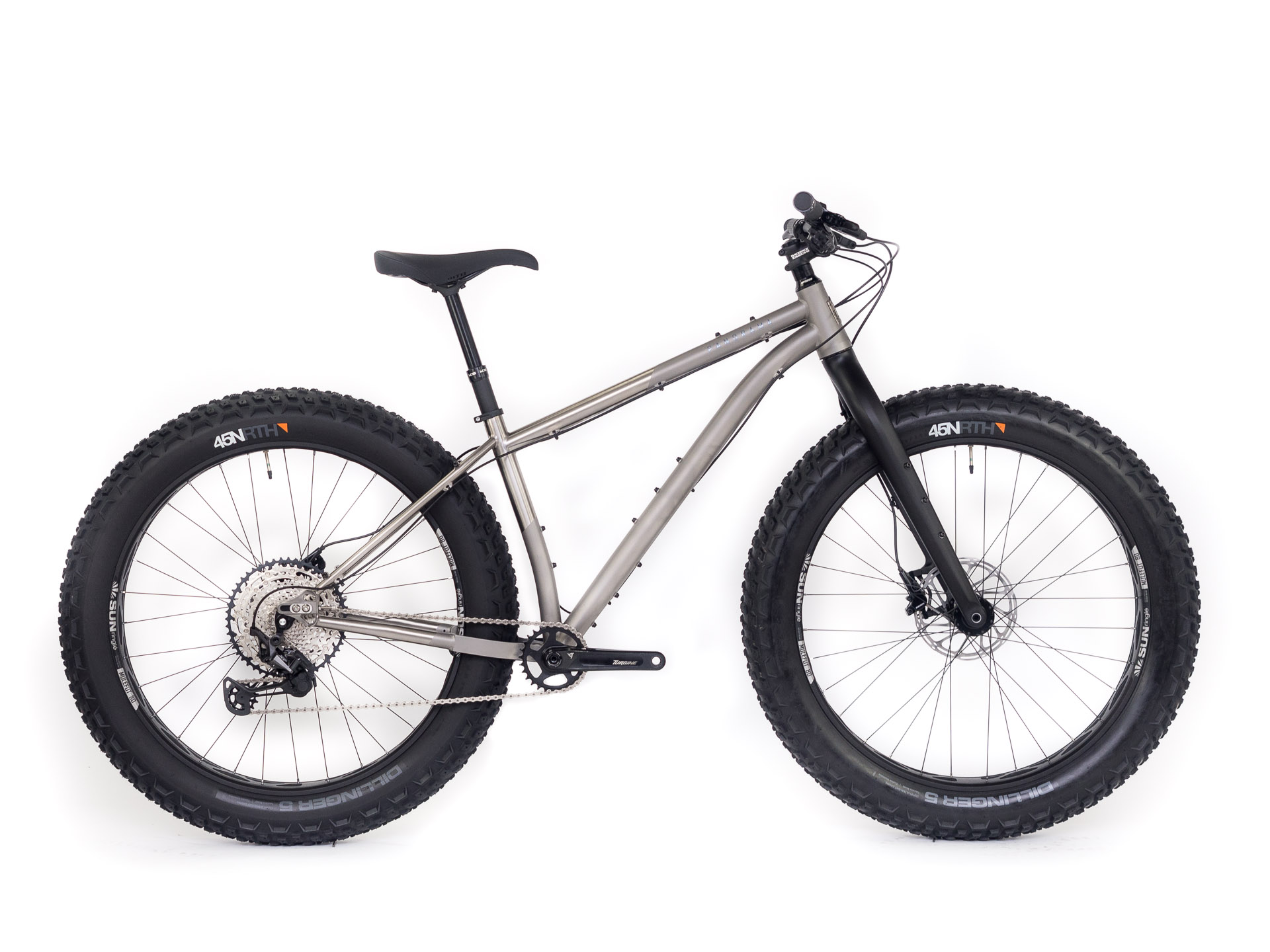A
During 2023 winter, our ambassador Samuel Lalande-Markon undertook the Transboréale Expedition, crossing the whole of Quebec from south to north, by bike and ski. Setting off from Montérégie on February 1, he arrived at the Longue-Pointe de Chisasibi 15 days later, with 1,585 km on the clock. From there, he skied along the Hudson Bay fast ice for 1380 km, in the company of Simon Pierre Goneau, for almost two months. We spoke to this no-nonsense adventurer to find out more about the cycling part of the expedition.
A
On day 3, as I rode along the 117, north of Mont-Tremblant, the temperatures dropped to -32 that felt like -48.
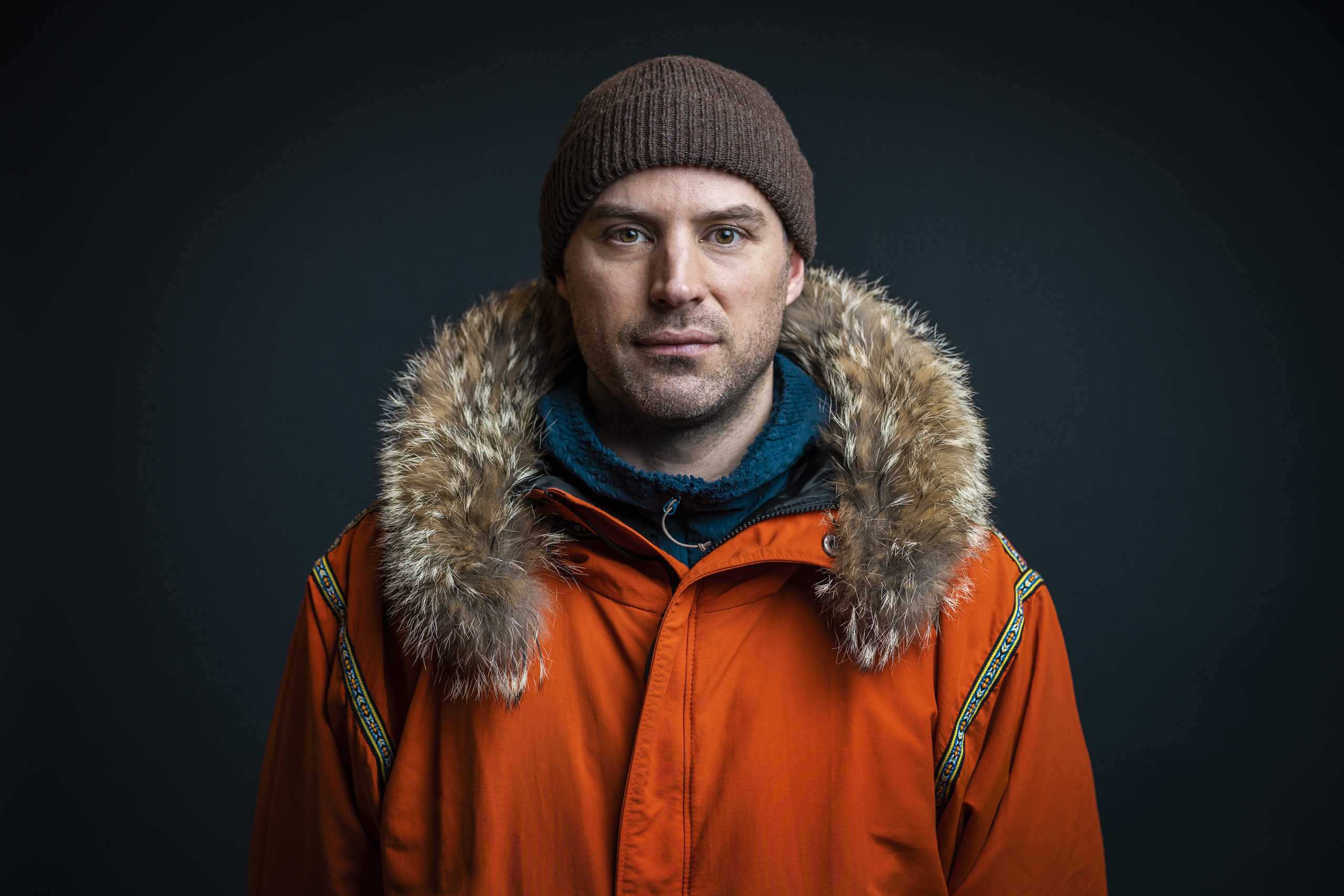
Q – Samuel, could you tell us a little more about the itinerary for the cycling section?
Samuel : The goal of the expedition was to join the southern and northern extremities of Quebec. On February 1, 2023, I drove to the 720 border marker on private land south of Huntingdon. A small film crew of three, along with my partner Simon-Pierre Goneau, drove me back to the site by vehicle, so I didn’t have to leave home by bike.
The first challenge was to cross the St. Lawrence River, then the Ottawa River, without having to go back through Montreal. I crossed the first via Salaberry Island, the second at Hawkesbury. My original plan was to use the ice bridge at Oka, but weather conditions weren’t ideal that winter. After Hawkesbury, I mainly used the sometimes very steep 327 to reach Mont-Tremblant. The rest of the way was fairly straightforward, on the 117 to Val-d’Or via La Vérendrye Park, the 111 and then the 109 to Matagami. By then, I had a good 850 km under my belt. I then cycled another 900 km, mainly on the Billy-Diamond road, formerly known as the James Bay road, then on the Chisasibi road. Shortly before the Cree community, I followed a secondary road, the route de la Longue-Pointe, which provides access to the James Bay ice floes, where the skiing began.
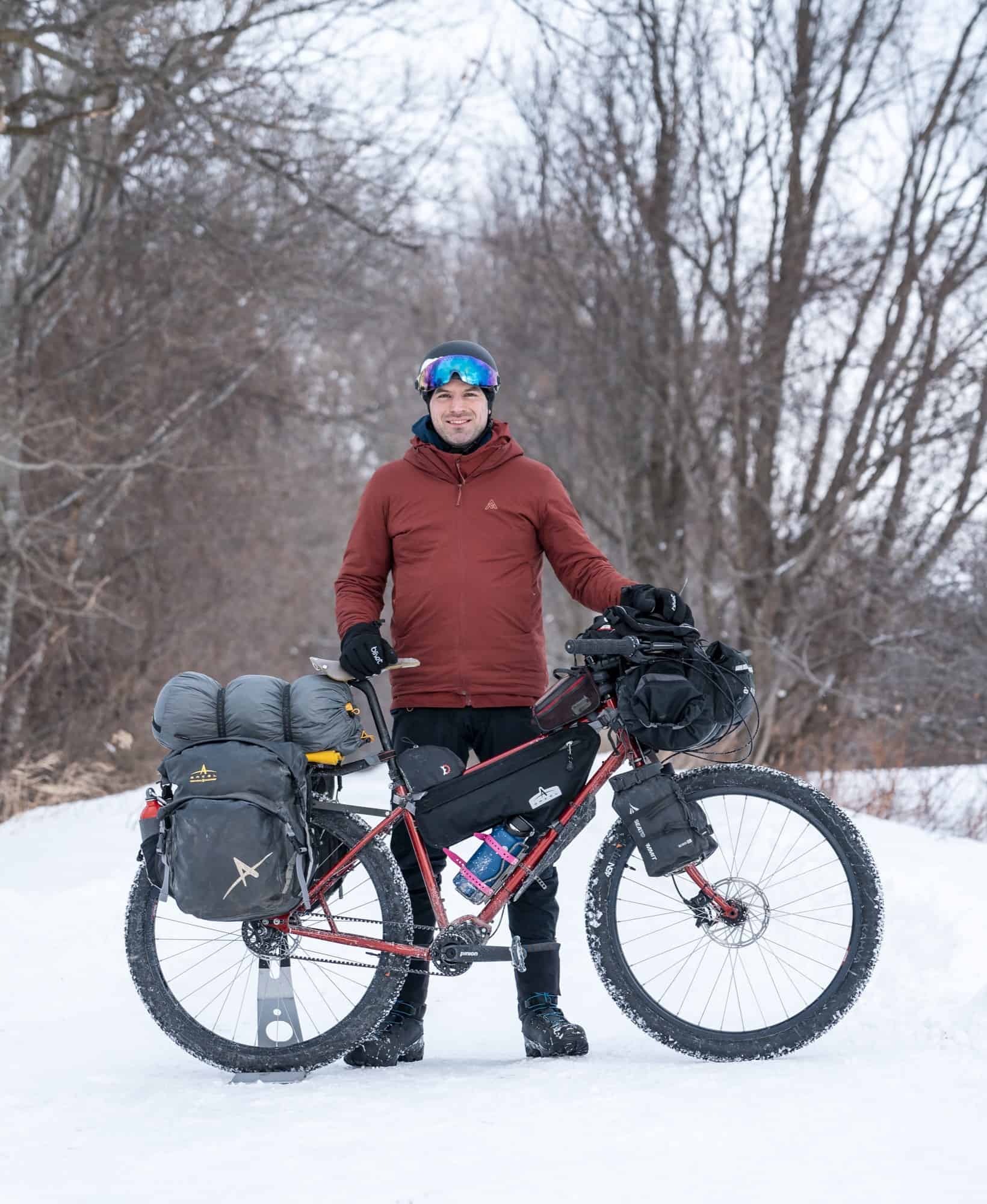
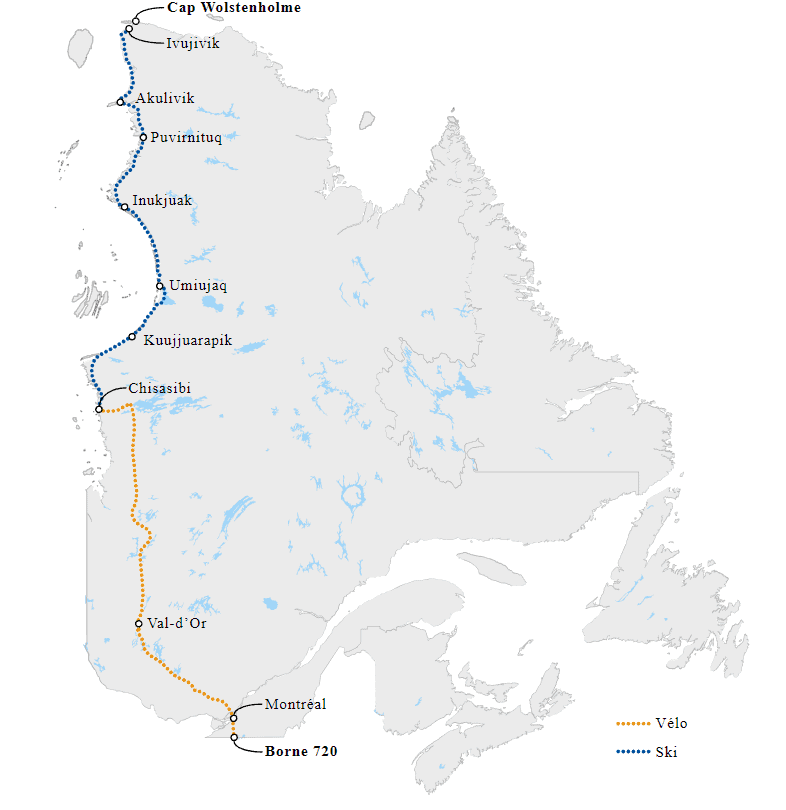
Q – Terminal 720 is an enigmatic place. Can you tell us more about it?
Samuel : Technically, Quebec’s southern boundary follows the 45th parallel, but in reality, the route forks in several places. Legend has it that the surveyors – soaked in alcohol – were persuaded to place the boundary markers at points that favoured some owners over others. One of these, at 44.99136 degrees latitude, is well below the others. It can be reached by walking through a wooded area along the Châteauguay River, on private land.
Simon-Pierre had visited the site in 2020 and kept in touch with the owner, whom we had asked for permission. Some of the old houses are located along roads that are now closed, reminiscent of a time not so long ago when you could cross from Quebec to the United States without passing through border crossings…
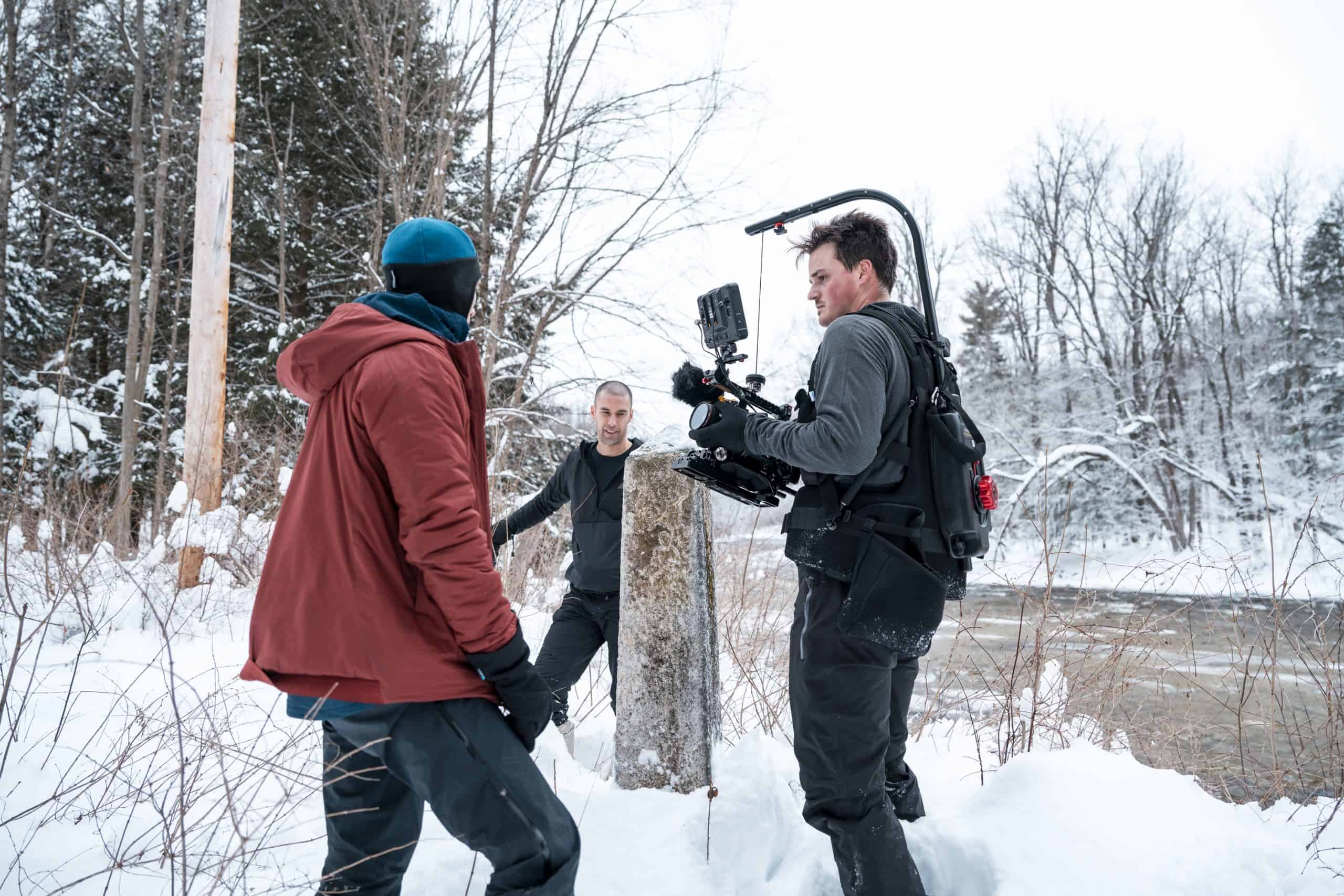
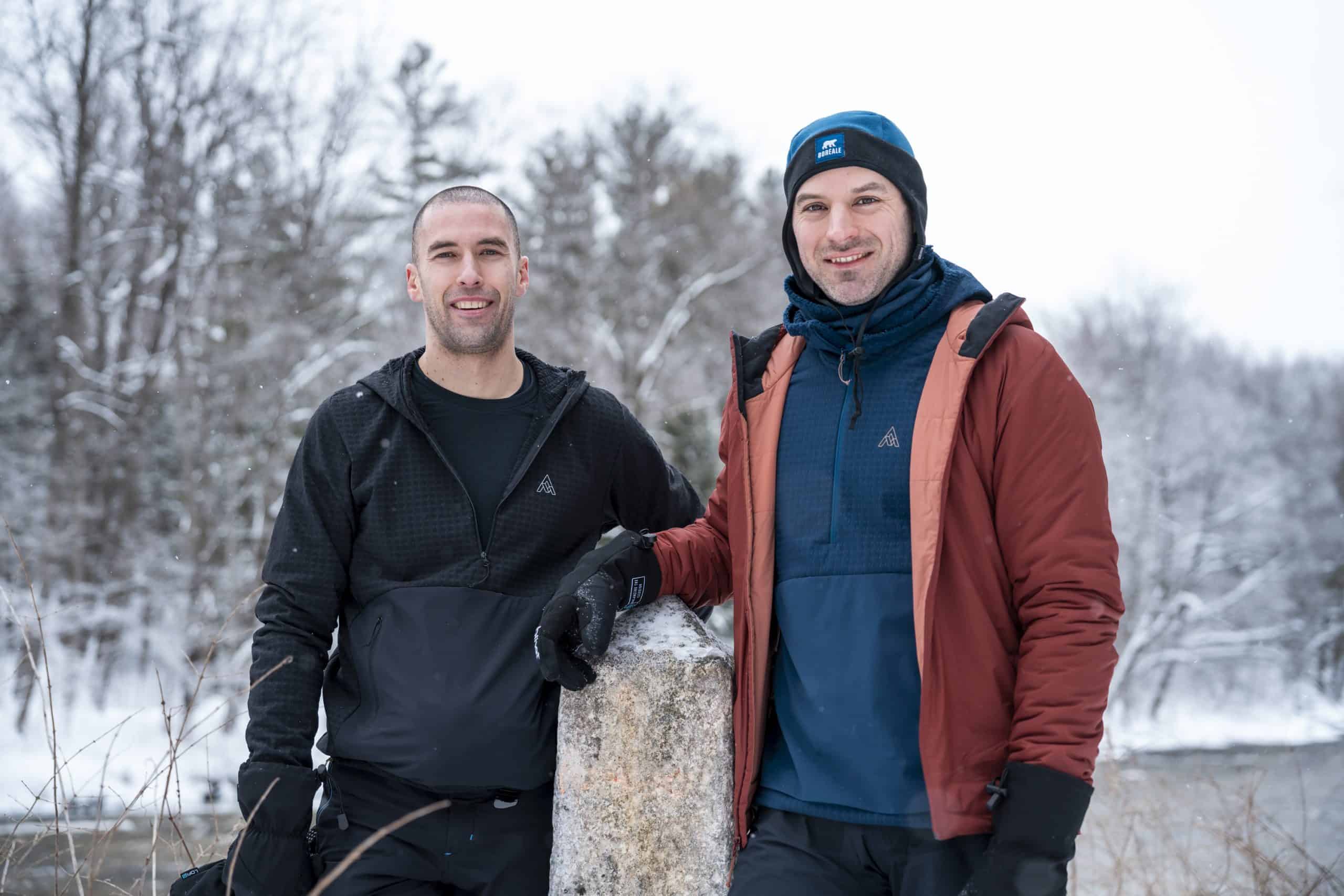
Q – Simon-Pierre Goneau completed the bike portion of the 2020 expedition on a Panorama Torngat fatbike. Did his experience help you in your preparation?
Samuel : First of all, you should know that Simon-Pierre had attempted to complete the entire Quebec crossing, including the off-road section after Chisasibi, solely on a fatbike. In fact, we spoke in 2019, when he was preparing this great journey and I was preparing the Route blanche crossing. The research he did at the time came in very handy. I’m thinking in particular of the contact with the owner of the land where milestone 720 is located, but also of some obstacles on the route that he had identified. For example, the Laroque Bridge, which provides access to Île de Salaberry via Highway 132, has no safe shoulder. So I did what he did in 2020 and asked for a police escort! Simon-Pierre had also compiled valuable information on the route after Chisasibi, as well as contacts in the Cree community. Unfortunately, tougher-than-expected conditions and the uncertainty of the pandemic forced him to put his project on hold shortly before reaching Hudson Bay.
Q – Can you tell us more about your choice of equipment?
Samuel : Unlike Simon-Pierre, who had opted for a fatbike equipped with 4.5-inch tires in preparation for the off-road part of the trip, I wanted to opt for a bike with a bit more rolling characteristics. My initial plan was to go with a Taïga EXP, but then Simon Bergeron, owner of Panorama Cycles, suggested I use Panorama’s new model, the Boréal (a nod to the Transboréale expedition!), an ATB with Pinion internal gears integrated into the crankset. It was the solution to one of the major problems of winter cycling: the devastating effect of salt, freezing and thawing on the transmission. To give you an idea, Simon-Pierre had to change the chain on his bike in Val-d’Or in 2020, a third of the way through the route. The last thing I wanted was to start playing with the mechanics of my bike on the side of the road at -30…
With Pinion technology, the cassette is protected from the elements and the Carbon Drive belt, made of carbon-reinforced plastic, doesn’t corrode like a standard steel chain. This is a major advantage. What’s more, the stable, comfortable geometry is perfectly suited to off-road riding and responds well to loading. In the end, the only mechanical problem I experienced was the loss of a screw in the cleat of my bike boot. This minor incident was easily mitigated by the fact that I had a hybrid pedal with a flat side.
I went into a Tim Hortons for my lunch and when I took off my coat, I realized the inside was covered in ice!
Q – Let’s talk about your clothing. How did you deal with the vagaries of the weather?
Samuel : Until the end of January, winter had been particularly mild. Then, just as I was about to leave, an intense cold snap hit the whole of Quebec. On day 3, as I drove along the shoulder of the 117 north of Mont-Tremblant, the thermometer dropped to -32, and the temperature felt like -48. With little room to manoeuvre on my schedule, I had no choice but to keep moving forward. That day, I wore two neoprene masks on my face, in addition to my ski goggles and Blivet helmet. For the rest of the body, it’s easy to overheat even in very cold temperatures. I used a combination of 7mesh garments, including a Chilco Anorak in WTV (Wind Thermal Ventilation) and a waterproof-breathable Skypilot shell in Gore-Tex. But in this cold, the material performed poorly. I went into a Tim Hortons at lunchtime and when I took off my coat, I found it encrusted with ice!
With slightly milder temperatures, I rode with just a base layer and the Chilco. The WTV consists of a fleece fiber with a tight weave on the outside that cuts just enough wind, while allowing perspiration to escape. It’s an extremely versatile material, perfectly suited to high-intensity cold-weather activities. In fact, Simon-Pierre used the same sweater for most of the ski portion of the expedition. The 7mesh team itself was surprised by the Chilco’s remarkable performance in such extreme temperatures. With the multi-layer clothing technique, it’s easier to control the level of insulation to stay as dry as possible. When it’s time to stop, just slip on a warm down jacket and you’re done.
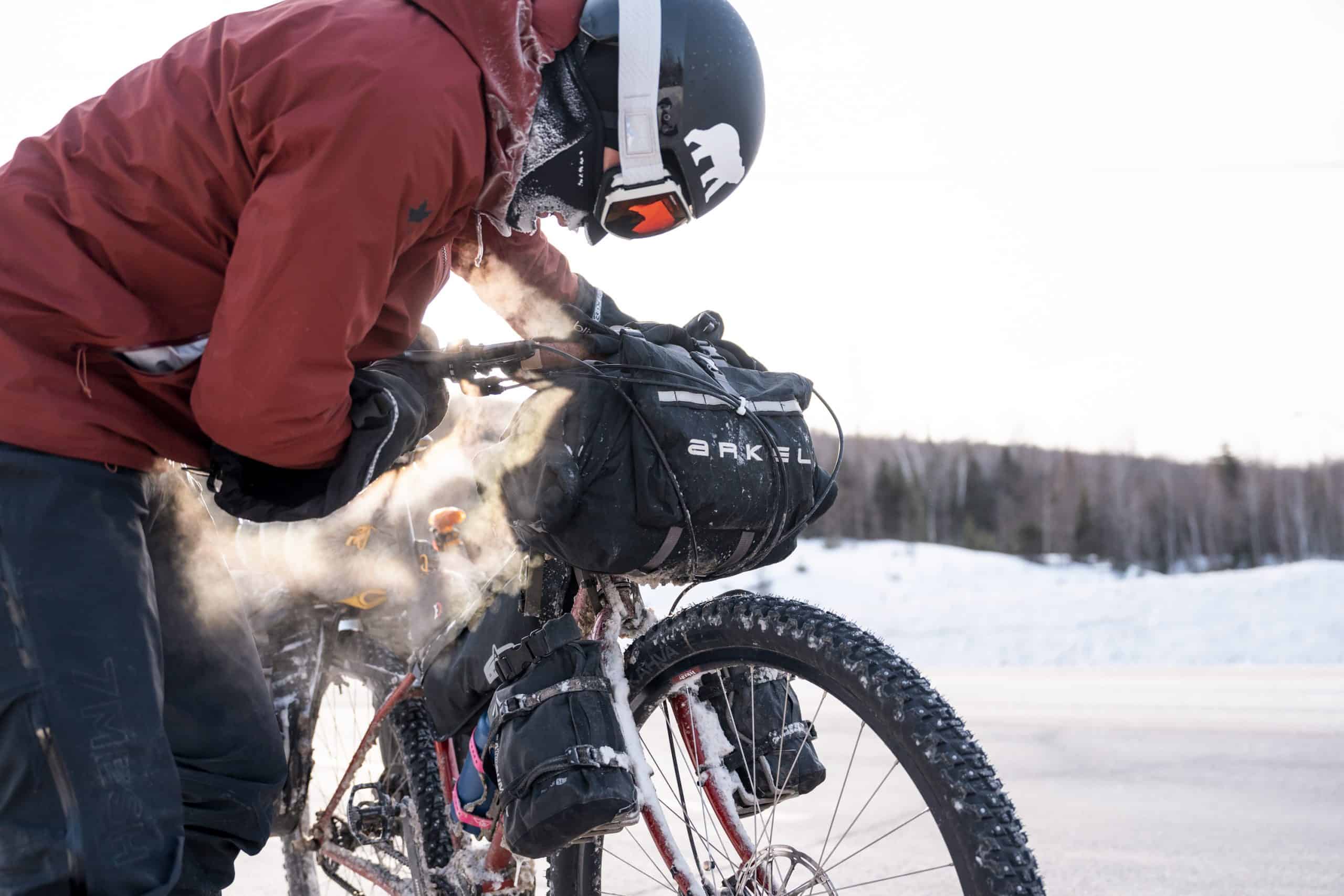
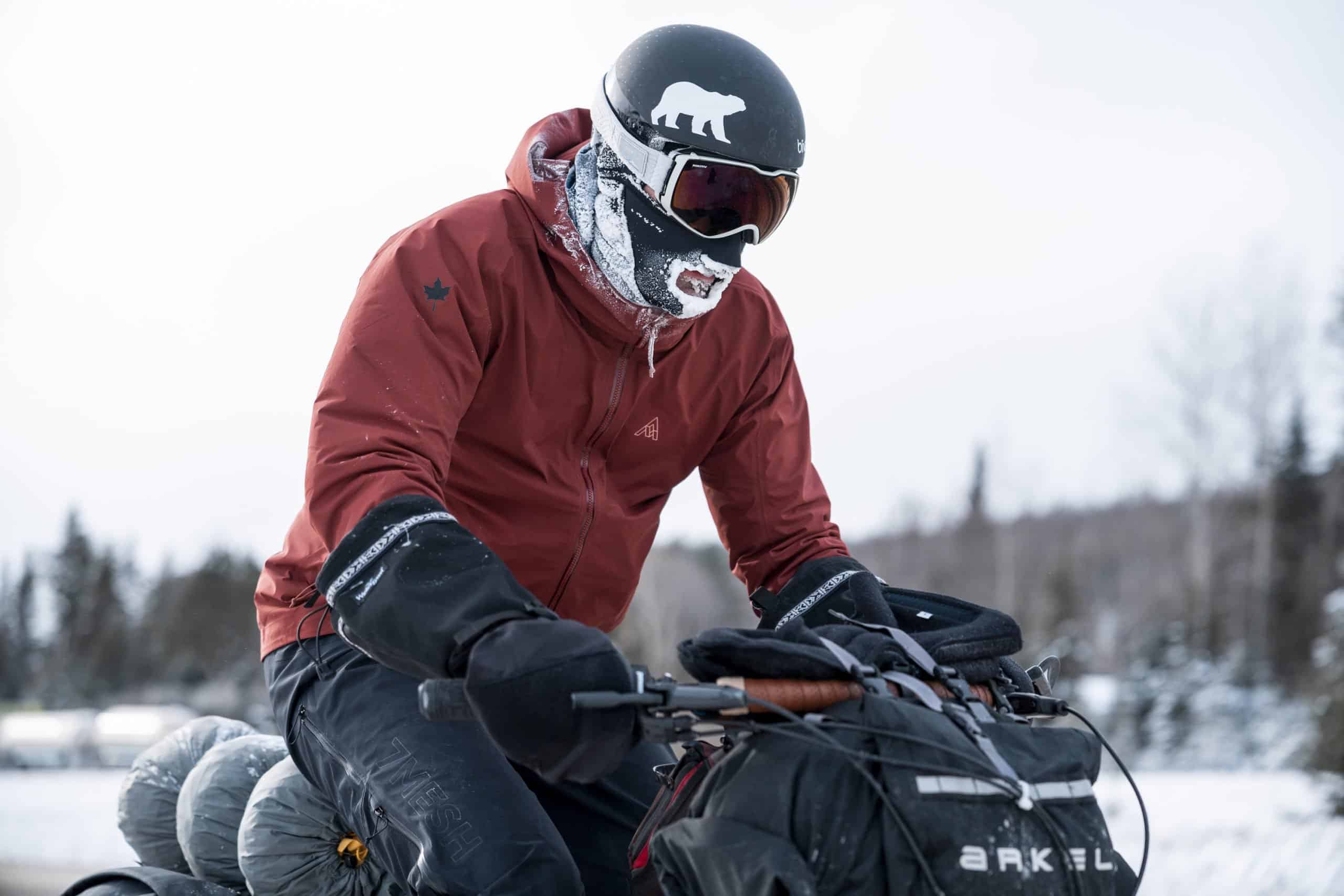
Q – And what did you use for your hands and feet? Did you use pogie-type mittens?
Samuel : In the past, I haven’t had an entirely satisfactory experience with pogies on multi-day expeditions. On the Route Blanche, my mittens accumulated a lot of moisture and eventually, my shifters froze. I know that some models also allow ventilation, but personally I now prefer large mittens that I put on in the morning at the start or after breaks and take off as soon as my body temperature has regulated in favor of thinner gloves that offer better dexterity. I had Wintergreen’s Plunge Mitts expedition mittens sewn for me, which meet my needs perfectly and which I can also wear to camp in the evening. For my feet, I had double 45NTH boots with wedges. As this was an itinerary with a relatively high volume of kilometers, it was an advantage to have a boot in my feet that was similar to cycling shoes in terms of rigidity.
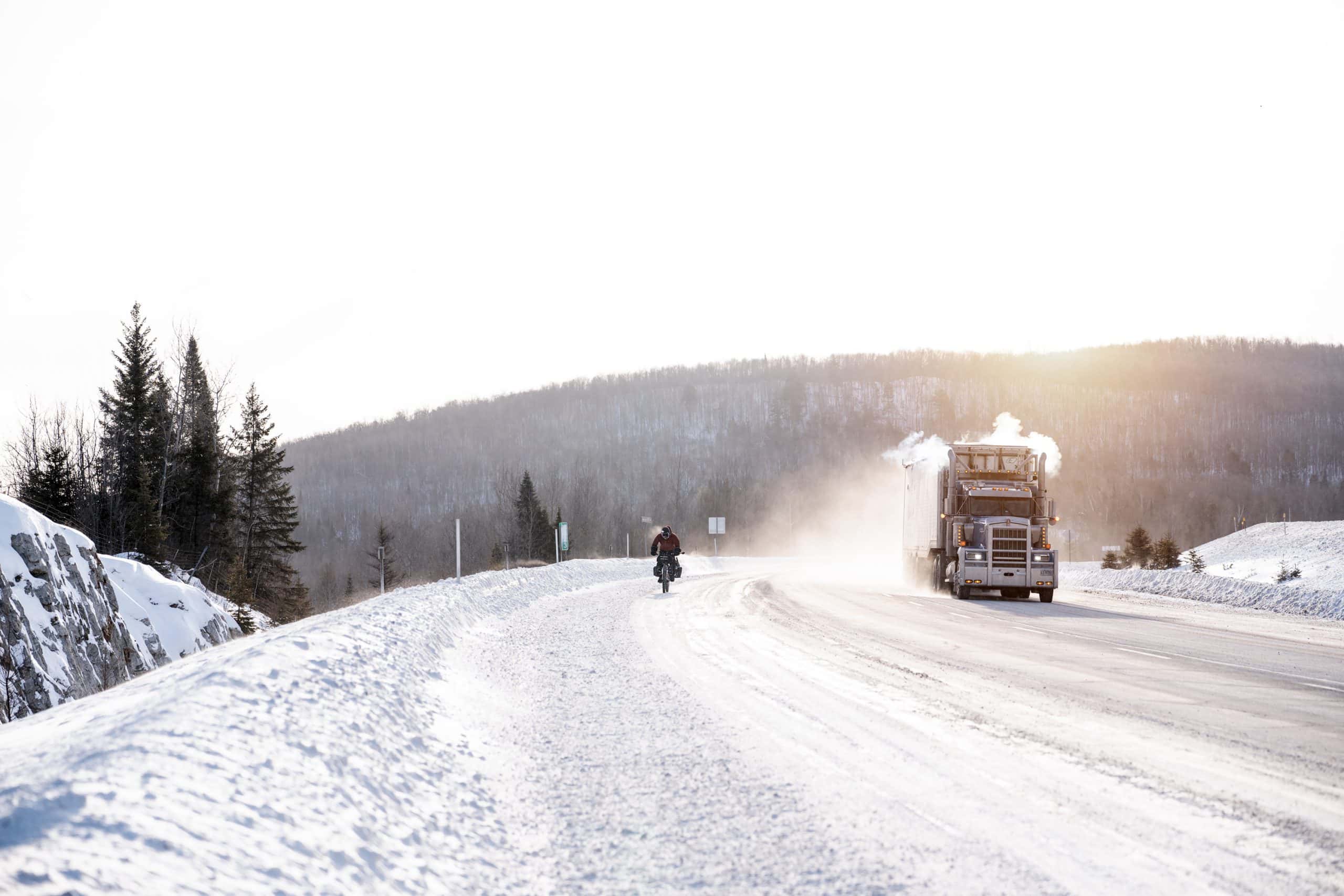
Q – In terms of logistics, especially camping and supplies, how did you manage?
Samuel : Up to Mont-Laurier, I was able to find accommodation, but for La Vérendrye Park, and most of the sections after Amos, I slept in a tent. I managed to limit the volume of my equipment and fit everything into a mix of traditional cycle touring panniers and bikepaking bags. I’ve been lucky enough to work with Arkel for a few years now, and I was proud to use almost exclusively Quebec equipment. To keep the weight down, I chose a -18 sleeping bag that I doubled up with my down pants and down jacket as needed. After Matagami, there are plenty of roadside camping options at some of the rest stops, or wherever the mood takes you. I’ve been visited by foxes, and one morning realized I’d forgotten some food in my Rollpacker. An unwanted friend took advantage of the situation to steal a few bars and a Happy Yak bag! Fortunately, halfway along the Billy-Diamond road, Relais 381 is a great place to restock. In fact, I had sent myself a box of food and fuel with the Expedibus service, which I was able to pick up once I got there.
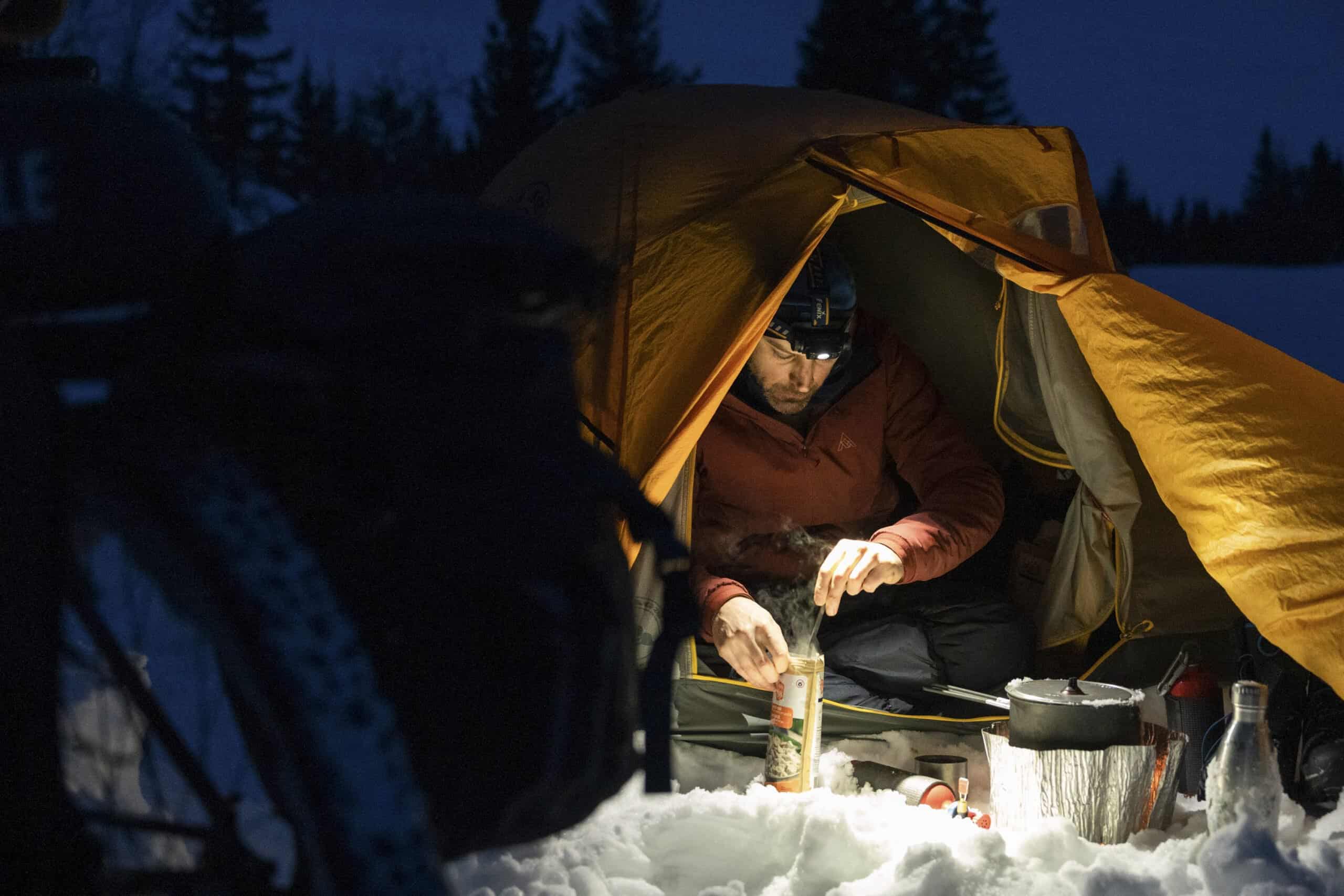
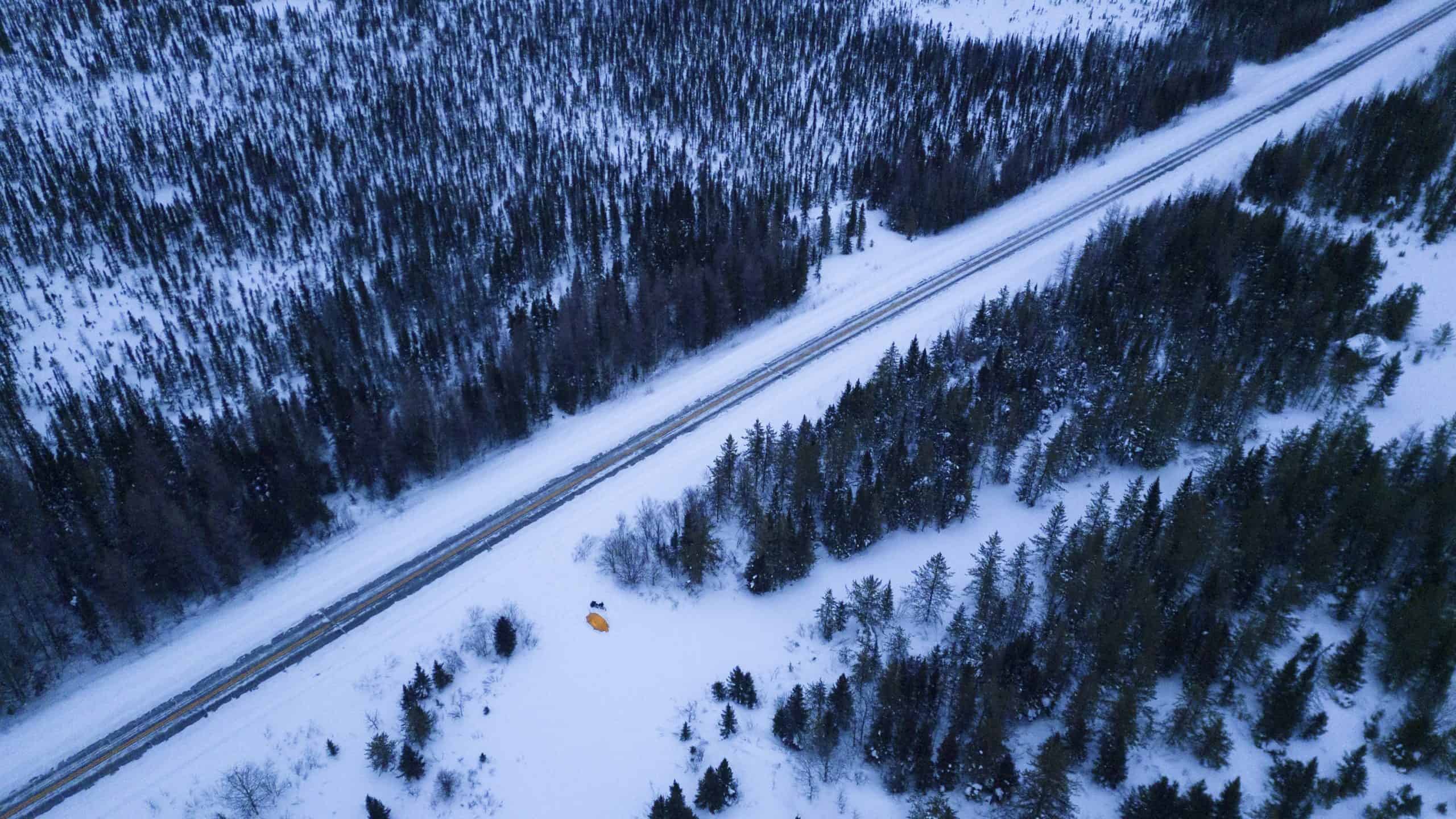
Q – What do you remember about the cycling part of the expedition? Is this a route you would recommend?
Samuel : This was the fourth time I’d cycled in the Eeyou Istchee Baie-James territory, after the Transtaïga expeditions in 2018 and 2021, then the traverse from Radisson to Chibougamau that I did as a training ride with Simon-Pierre, and I fell under the spell once again. Cycling in the North means immensity, solitude, silence and extremes. It’s also about encounters with indigenous northern cultures, truck drivers, atypical travelers, a cheerfully motley crowd that you sometimes meet on the side of the road or over a coffee in one of the rare truck stops. It’s also a form of simplicity, when you can follow the same route for hundreds of kilometers without ever consulting your GPS. Logistics are relatively straightforward too. The Montreal-Chisasibi route is served by a bus twice a week, which makes motorized travel much easier. In fact, I’m surprised that so few cyclists venture into northern Quebec. I think it’s a vast playground that deserves to be better known, and that offers Quebecers the chance to reconnect with their territory.
To follow Samuel’s adventures :
Photo credits : Marie-France L’Ecuyer

